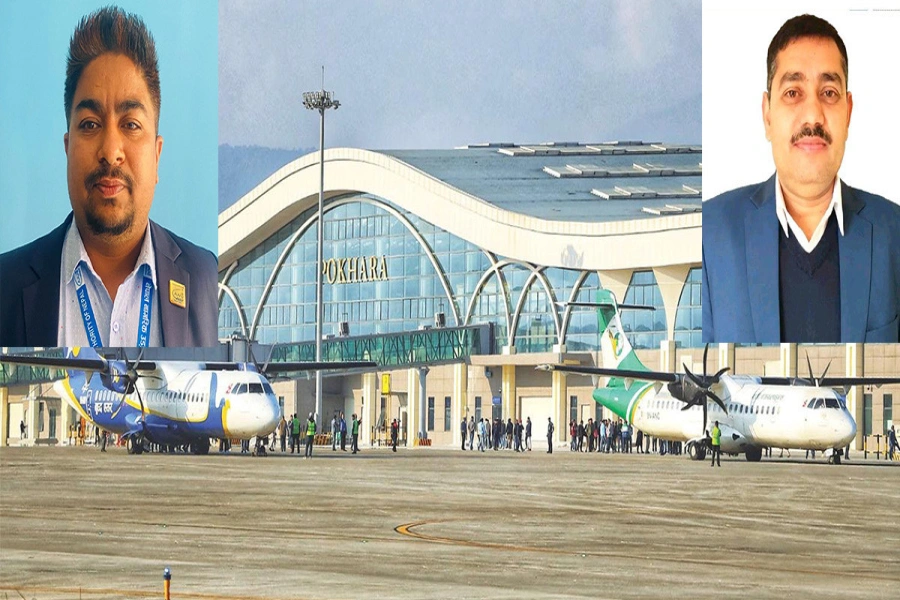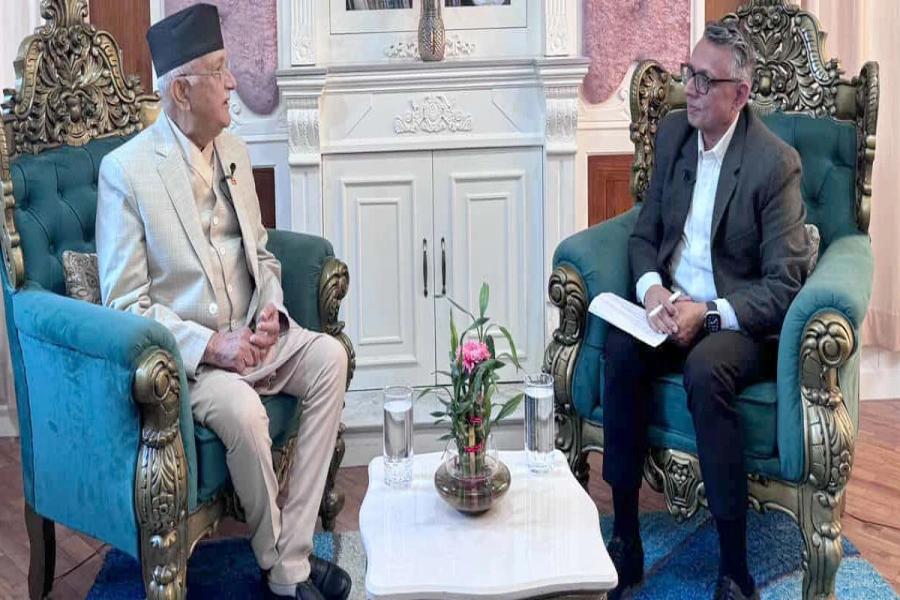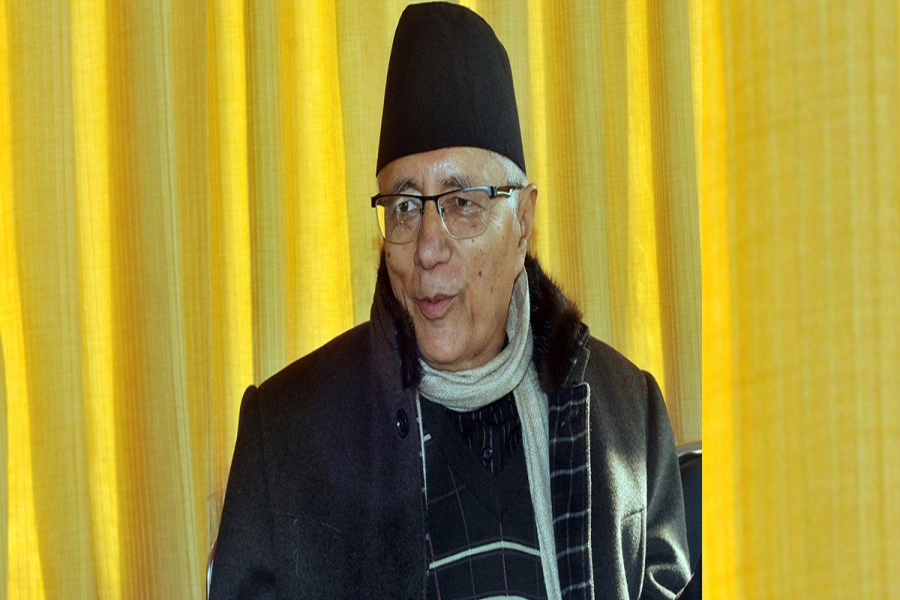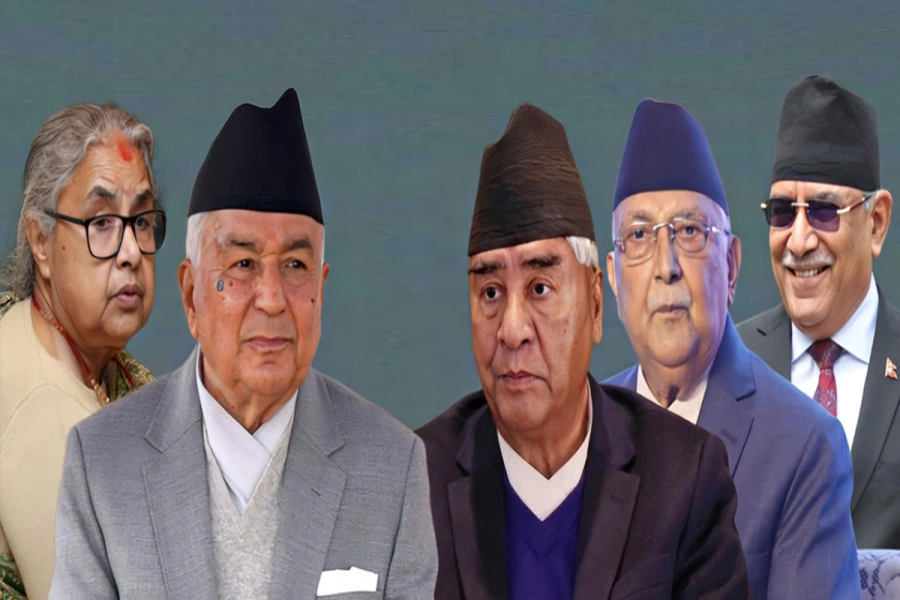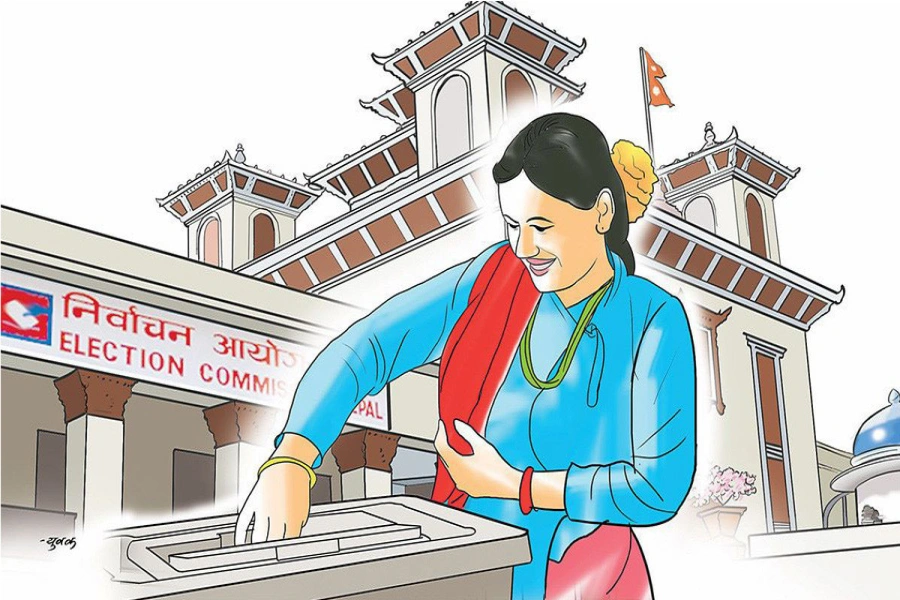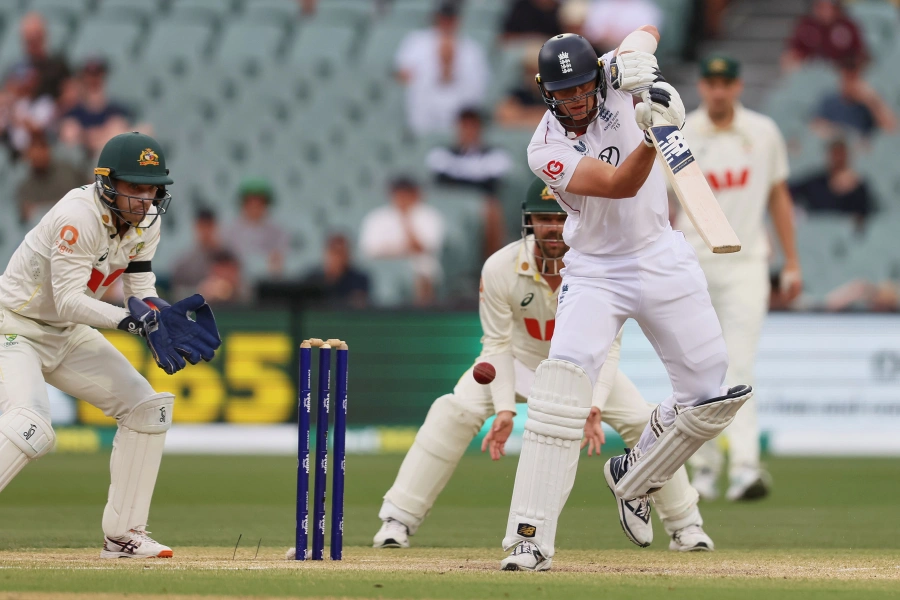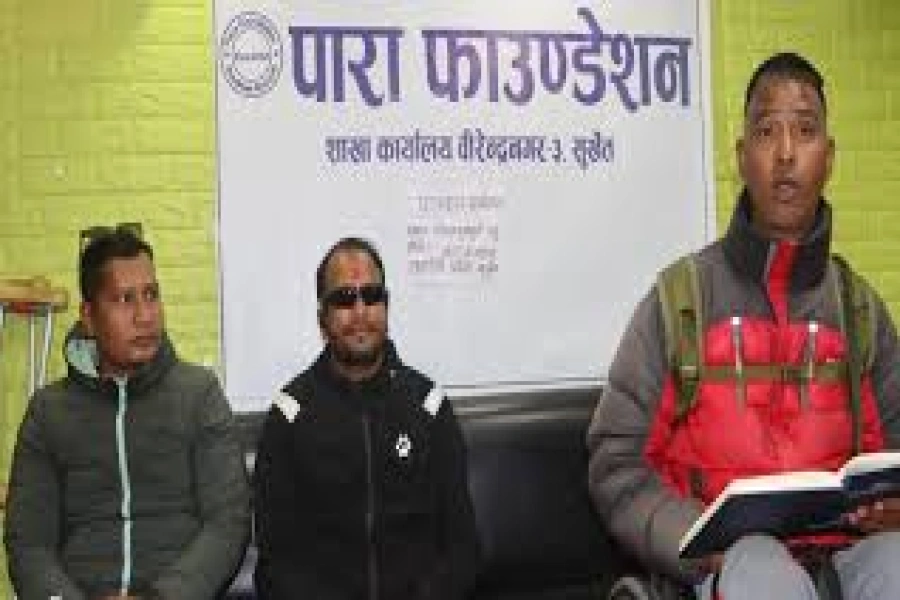Kathmandu Valley recorded once again dangerously high levels of air pollution on Tuesday. According to IQAir, the city had the worst air quality in the world at 7 AM, with an Air Quality Index (AQI) of 262—well into the “very unhealthy” category. For reference, experts consider AQI levels below 50 to be safe. The city’s concentration of PM2.5 particles currently exceeds the World Health Organization’s recommended limit by a staggering 37.5 times. Kathmandu Valley, which was once celebrated as one of the beautiful urban settlements in the region, is now increasingly seen as unfit for human habitation. For several years, it has consistently ranked among the most polluted cities globally. The problem worsens once winter ends and the rains stop—turning the air so toxic that it becomes difficult to breathe. This crisis is largely man-made. And due to the valley’s bowl-shaped topography, the polluted air lingers unless dispersed by strong winds.
While the air pollution is getting worse beyond danger level, the government authorities do not seem to have taken any measures to minimize its risks. Some of the important sources of hazardous air in Kathmandu Valley are vehicle emissions, industrial discharges, pollutants from household activities and dust from ongoing construction. Since these are human-caused, they can be reduced—if not eliminated—with better planning and strict regulation. The deteriorating air quality has become a global concern. International media now regularly report on Nepal’s air pollution. Tourists are increasingly wary and those with respiratory issues may avoid Kathmandu altogether. The responses from the government authorities so far seem ritualistic at best. Whenever pollution spikes, officials hold meetings and propose actions. But these proposed actions are never translated into action. Although numerous recommendations to regulate traffic, oversee construction sites and control emissions have been made, their implementation remains weak or nonexistent.
Kathmandu tops global air pollution chart again

The air pollution in Kathmandu Valley is exacerbated also because of its bowl-shaped topography. The hills that surround Kathmandu Valley do not let polluted air go away, leaving the polluted air linger unless dispersed by strong winds. The government cannot change Kathmandu’s geography. But it can take steps within its control. While measures like the odd-even vehicle rule may provide some temporary relief, the government must introduce broader and more sustainable interventions to tackle this problem. Similarly, it may be difficult to ensure complete elimination of household and construction-related pollution. But the government bodies concerned may take measures to reduce their impact. It is time to stop getting overly ambitious goals and instead focus on what are realistically achievable targets. Whatever measures are possible must be implemented sincerely and urgently. This is not only vital for public health but also to preserve Kathmandu’s image and reputation. Failure to act will not only endanger citizens’ well-being but also deal a serious blow to the tourism sector— the lifeline to the national economy.














